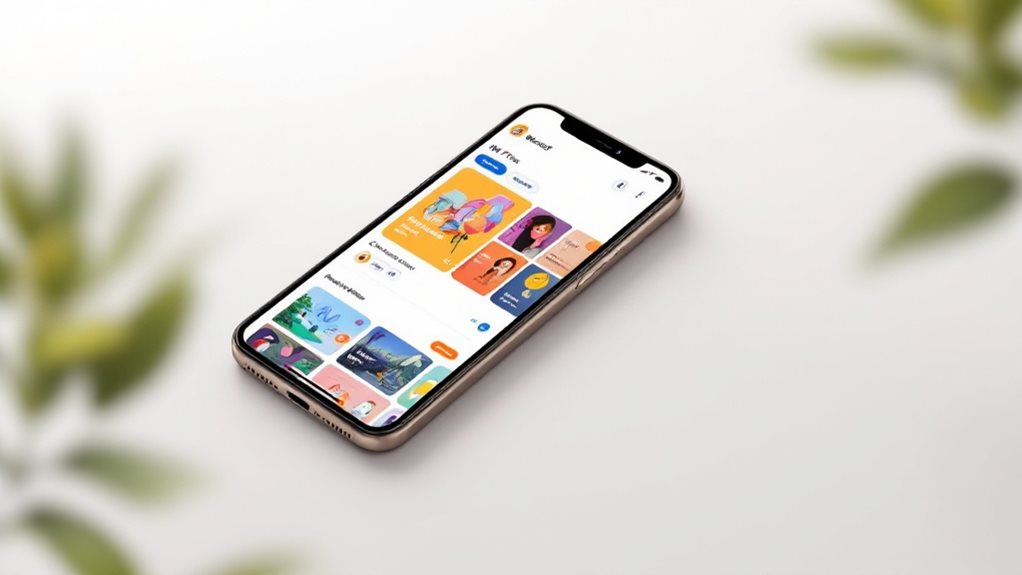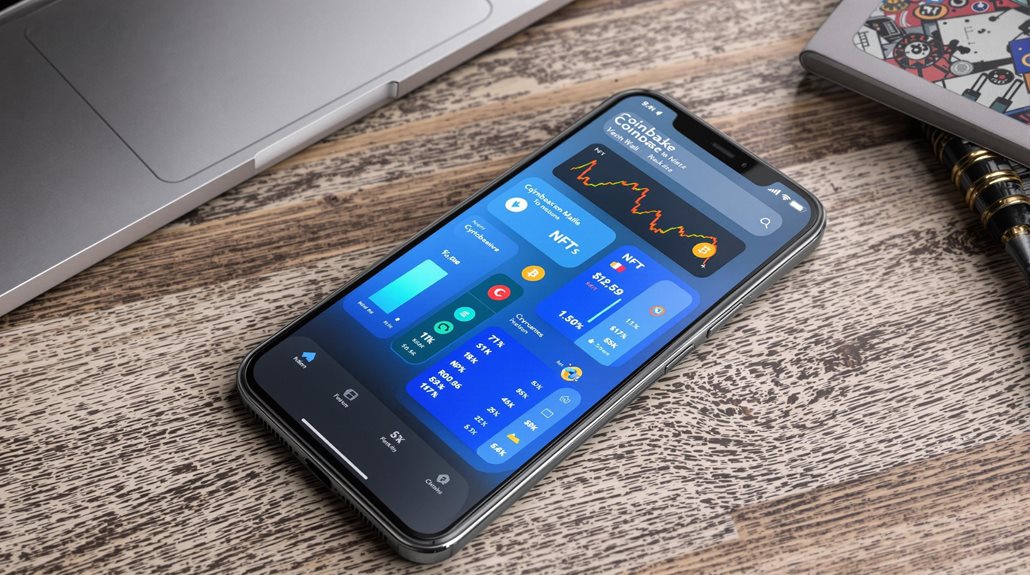Coinbase Wallet is a popular self-custody cryptocurrency app that lets users store, send, and receive digital currencies like Bitcoin and Ethereum. It's different from regular crypto exchanges because users have complete control over their private keys and assets. The wallet supports multiple cryptocurrencies, includes security features like biometric authentication, and connects to decentralized applications. Its user-friendly design and extensive features make it a significant player in the expanding crypto ecosystem.

Coinbase Wallet is one of today's most popular self-custody cryptocurrency wallets. It gives users complete control over their digital assets and private keys, unlike traditional exchange wallets. The wallet supports multiple cryptocurrencies, including Bitcoin, Ethereum, and Solana, while offering both a mobile app and browser extension for easy access. The wallet's peer-to-peer network structure eliminates the need for centralized intermediaries when transacting cryptocurrencies.
Security is a top priority for Coinbase Wallet. It uses Secure Element technology to store private keys directly on the user's device. Users can protect their wallet with biometric authentication, like fingerprints or face recognition, and password protection. Users can utilize Face ID if they have an iOS device for enhanced security. If someone loses their device, they can restore their wallet using a recovery phrase. With its latest version 29.26, users now have access to smart wallet imports and passkeys for enhanced security.
The wallet also includes safety features like a dapp blocklist to prevent interaction with dangerous applications and alerts for token approvals.
The wallet isn't just for storing crypto – it's packed with features for active crypto users. People can send and receive various cryptocurrencies, trade tokens on decentralized exchanges, and earn rewards through staking and DeFi protocols. It also lets users move assets between different blockchain networks through bridging services.
NFT collectors will find the wallet useful thanks to its built-in NFT gallery, where they can view and manage their digital collectibles. The wallet displays real-time price charts that show asset values in local currency, making it easier to track investments. It works with multiple blockchain networks that are compatible with Ethereum, expanding the possibilities for transactions and investments.
To make sending crypto simpler, Coinbase Wallet offers free web3 usernames. Instead of using long, complicated wallet addresses, users can send funds to easy-to-remember names. The wallet also connects with the main Coinbase exchange, so users can move funds between their exchange account and self-custody wallet seamlessly.
For those interested in decentralized applications, Coinbase Wallet serves as a gateway to thousands of dapps across various categories. Users can explore everything from gaming and social platforms to financial services and NFT marketplaces. The wallet's dapp browser makes it simple to discover and interact with these applications while maintaining control over personal assets.
The combination of robust security features, extensive functionality, and user-friendly design has made Coinbase Wallet a significant player in the cryptocurrency space. It bridges the gap between traditional crypto exchanges and the expanding world of decentralized finance, making it easier for people to participate in the growing crypto ecosystem.
Frequently Asked Questions
Can I Recover My Coinbase Wallet if I Lose My Recovery Phrase?
A Coinbase Wallet can't be recovered if someone loses their recovery phrase.
Without the 12-word seed phrase, there's no guaranteed way to regain access to the funds.
While users might try options like checking backups or contacting support, these aren't reliable solutions.
The recovery phrase is the only foolproof way to restore wallet access, and Coinbase can't help retrieve it since they don't store this information.
What Are the Transaction Fees for Sending Crypto Through Coinbase Wallet?
Transaction fees in Coinbase Wallet vary based on network congestion. These fees go to blockchain miners or validators, not to Coinbase.
Users can customize their fees – higher fees typically mean faster processing times, while lower fees might take longer.
Different cryptocurrencies have different fee structures – Bitcoin transactions are often more expensive than Ethereum's, while networks like Solana generally have lower fees.
Users can view fee estimates before confirming transactions.
Is Coinbase Wallet Available in All Countries Worldwide?
Coinbase Wallet is available in over 170 countries worldwide, but it's not accessible everywhere.
The wallet supports 25 different languages to help users from various regions.
While crypto buying through bank accounts is possible in more than 130 countries, there are some restrictions.
Certain regions face limitations, and some features aren't available everywhere.
The wallet blocks connectivity from non-eligible jurisdictions, including VPN connections.
How Do I Connect My Coinbase Wallet to NFT Marketplaces?
Connecting a Coinbase Wallet to NFT marketplaces is straightforward.
Users can open their Coinbase Wallet app and use its built-in DApp browser to visit marketplaces like OpenSea or Coinbase NFT.
They'll need to tap "Connect Wallet" on the marketplace's website and select Coinbase Wallet as their connection option.
The wallet will then prompt them to approve the connection request.
Once approved, they can browse and interact with NFTs on the marketplace.
Can I Earn Interest on Crypto Holdings in My Coinbase Wallet?
Users can earn interest on crypto holdings in Coinbase Wallet through various methods.
The wallet connects to DeFi protocols that offer yield-generating opportunities. There's a USDC Rewards Program with a 4.7% APY, and staking options are available for certain cryptocurrencies like ETH.
Interest earnings are automatically paid to the user's wallet monthly. The platform supports both centralized and decentralized yield opportunities, with rates varying by asset and protocol.





